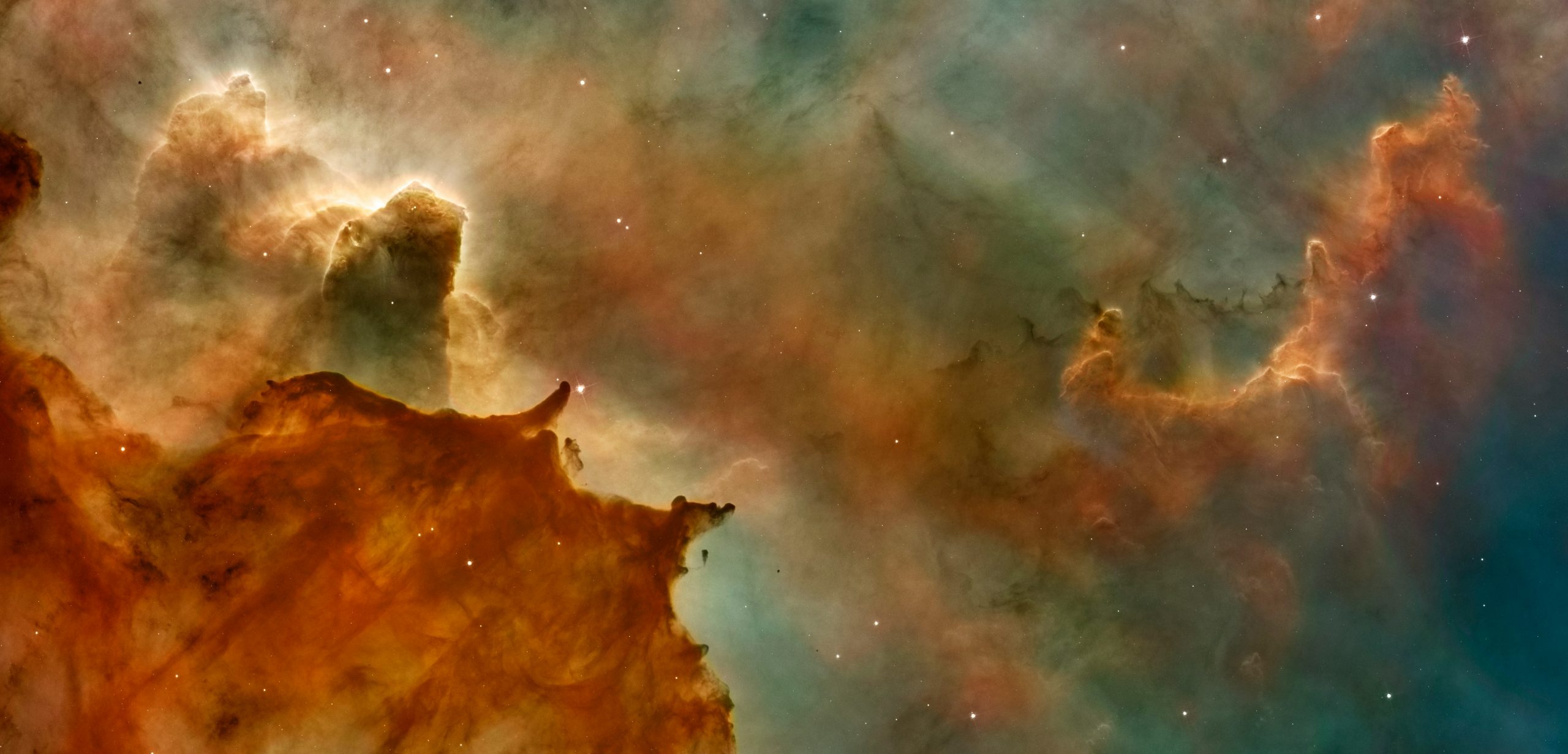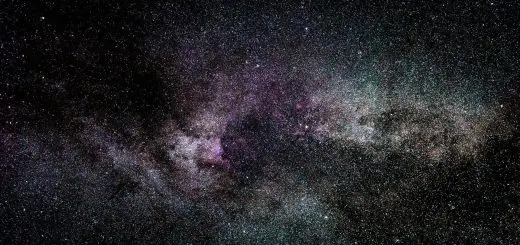Yama: Ruler of the Underworld in Chinese Myth

Looking for more amazing products? Check out our online store and explore our collection here! Happy shopping!
Before diving in, please note: This post is for informational purposes only. If you’d like to know more about how we approach topics, feel free to check out our friendly Disclaimer Page.
Hey there, amazing readers! 
We’re committed to delivering quality posts, and your support (even just sticking around despite the ads) means everything to us. So, bear with us, and thanks for helping us keep the good vibes rolling. Now, on to the fun stuff!
TRANSLATE BUTTON AT THE END OF THE ARTICLE
Yama: Ruler of the Underworld in Chinese Myth
Yama, also known as Yanluo or King Yama, is a prominent figure in Chinese mythology as the ruler of the Underworld.
He holds a significant role in Chinese beliefs and has shaped various cultural practices surrounding death and the afterlife.
This article aims to delve into the origins, cultural significance, appearance, duties, and judgment of Yama, as well as his influence on Chinese beliefs and practices.
Origins and Cultural Significance of Yama
Yama’s origins can be traced back to ancient India, where he was known as Yama Dharmaraja, the god of death and the underworld.
As Buddhism spread to China, Yama became assimilated into Chinese culture and mythology.
In Chinese folklore, Yama is often depicted as a fierce and powerful deity, responsible for administering judgment and overseeing the souls of the deceased.
Yama holds immense cultural significance in Chinese society.
He is deeply rooted in traditional beliefs and plays a vital role in Chinese funeral rituals and ancestor worship.
Yama’s presence provides comfort to the living, as he ensures that justice is served and the souls of the deceased find their rightful place in the afterlife.
Yama’s Role in Chinese Mythology
In Chinese mythology, Yama is regarded as the supreme judge and ruler of the Underworld.
He is responsible for determining the fate of all souls based on their actions during their earthly lives.
Yama’s primary role is to maintain order and balance in the afterlife, ensuring that each soul is rewarded or punished accordingly.
Yama also acts as a mediator between the realms of the living and the dead.
He is believed to receive reports from his ten kings of hell, who oversee the different divisions of the Underworld.
Yama’s judgments are final and binding, and his decisions cannot be challenged or appealed.
The Duties and Responsibilities of Yama
As the ruler of the Underworld, Yama has numerous duties and responsibilities.
His primary task is to preside over the judgment of souls and determine their fate.
Yama assesses the moral conduct and actions of each individual, weighing their good deeds against their sins.
He takes into account not only their actions but also their intentions and the consequences of their deeds.
Yama also ensures that the laws of the Underworld are upheld.
He punishes those who have committed heinous crimes in life, while rewarding those who have led virtuous lives.
Yama’s judgments are based on the principles of justice and fairness, and he aims to maintain equilibrium between the realms of the living and the dead.
Yama’s Appearance and Symbolism
Yama is often depicted as a fearsome deity with a stern expression and a dark complexion.
He is portrayed as a muscular figure with a long white beard and fiery eyes.
Yama is often adorned with a crown and wears royal garments, symbolizing his authority and status as the ruler of the Underworld.
Symbolically, Yama’s appearance represents his power and control over the realm of the dead.
His muscular physique signifies his strength and ability to enforce justice, while his fiery eyes symbolize his ability to see through the actions and intentions of individuals.
Yama’s Realm: Exploring the Chinese Underworld
The Chinese Underworld, also known as Diyu or the Ten Courts of Hell, is the realm over which Yama presides.
It is believed to be a complex and hierarchical system consisting of various levels and divisions, each with its own purpose and function.
The Ten Courts of Hell are responsible for administering justice and carrying out the punishments determined by Yama.
Explore the Path to Spirituality and Enlightenment – Start Here.
According to Chinese mythology, the Underworld is composed of ten levels, each ruled by one of Yama’s ten kings of hell.
Each level represents a different type of punishment that corresponds to the sins committed during life.
The severity of punishment increases as one descends deeper into the Underworld.
Yama’s Judgment: The Fate of the Deceased
Yama’s judgment determines the fate of the deceased souls.
After death, the soul is believed to face Yama for judgment.
The judgment is based on the individual’s actions, morals, and adherence to the laws of society.
Yama weighs the good deeds and sins of the individual, taking into account the intentions and consequences of their actions.
Based on the judgment, the soul may be sent to one of the ten courts of hell for punishment or be granted passage to the realms of the afterlife.
Those who have led virtuous lives may be rewarded with reincarnation or admission to heavenly realms, while those who have committed grave sins may face severe punishments in the various levels of the Underworld.
Yama’s Assistant: The Ten Kings of Hell
Assisting Yama in the judgment and administration of the Underworld are the ten kings of hell.
Each king presides over a specific level of the Underworld and is responsible for carrying out the punishment determined by Yama.
They ensure that the laws of the Underworld are upheld and that justice is served.
The ten kings of hell are often depicted with distinct appearances and attributes.
They hold different titles and govern different aspects of punishment, such as the punishment of murderers, thieves, or those who have committed acts of betrayal.
The ten kings act as Yama’s messengers and are instrumental in maintaining order and balance in the Underworld.
Yama in Art and Literature: Depictions and Interpretations
Yama’s presence in Chinese art and literature is widespread.
In visual representations, Yama is often portrayed in intricate detail, highlighting his fierce expression and regal attire.
He is depicted presiding over the judgment of souls or accompanied by the ten kings of hell.
These artistic depictions serve as a reminder of Yama’s authority and the consequences that await individuals in the afterlife.
In Chinese literature, Yama appears in various folk tales and religious texts.
His character is often portrayed as strict but fair, emphasizing the importance of moral conduct and the consequences of one’s actions.
Yama’s role in literature serves as a moral lesson to readers, highlighting the significance of leading a virtuous life.
Yama’s Influence on Chinese Beliefs and Practices
Yama’s influence on Chinese beliefs and practices is profound.
His role as the judge of souls shapes the Chinese perception of the afterlife and the importance of moral conduct.
Yama’s presence is evident in Chinese funeral rites and ancestor worship, where individuals seek to ensure a smooth transition for the deceased souls.
Chinese people often pay homage to Yama and the ten kings of hell during traditional rituals, offering prayers and burning incense to seek their favor and protection.
Beliefs surrounding Yama’s judgment influence the behavior and actions of individuals during their lifetime, as they strive to lead virtuous lives and avoid punishment in the Underworld.
Yama’s Comparisons to Other Underworld Deities
In various mythologies and religions, similar deities exist with roles comparable to Yama.
In Hinduism, Yama is known as Yama Dharmaraja.
In Greek mythology, Hades serves as the ruler of the Underworld.
Despite cultural differences, these deities share common attributes and responsibilities, such as judgment and punishment of souls.
Although Yama shares similarities with other underworld deities, his portrayal in Chinese mythology reflects the unique cultural and philosophical elements of Chinese society.
Yama’s strict but fair judgment aligns with Confucian and Taoist beliefs, emphasizing the importance of personal responsibility and moral conduct.
Yama’s Legacy: Modern Perceptions and Adaptations
Yama’s legacy continues to influence modern perceptions and adaptations.
In contemporary Chinese culture, Yama is often depicted in movies, television shows, and video games.
These adaptations serve as a way to explore and reinterpret ancient myths, making them more accessible to a wider audience.
Yama’s influence is not limited to Chinese culture alone.
As Chinese communities have spread throughout the world, Yama’s mythology has traveled with them, influencing beliefs and practices in various diaspora communities.
Yama’s role as the ruler of the Underworld provides a sense of continuity and cultural identity for Chinese people living abroad.
Conclusion
Yama, the ruler of the Underworld in Chinese myth, holds immense cultural significance in Chinese society.
His origins in ancient India have shaped and influenced Chinese beliefs and practices surrounding death and the afterlife.
Yama’s role as the supreme judge and administrator of the Underworld highlights the importance of moral conduct and personal responsibility.
Yama’s appearance and symbolism reflect his power and control over the realm of the dead, while the Chinese Underworld, governed by the ten kings of hell, provides a complex system of judgment and punishment.
Yama’s influence extends beyond ancient mythology, with his presence evident in various forms of art, literature, and contemporary adaptations.
Yama’s legacy endures as a reminder of the consequences that await individuals in the afterlife.
His role as the ruler of the Underworld continues to shape Chinese beliefs and practices, ensuring that justice is served and the souls of the deceased find their rightful place in the realms beyond.

The Enlightenment Journey is a remarkable collection of writings authored by a distinguished group of experts in the fields of spirituality, new age, and esoteric knowledge.
This anthology features a diverse assembly of well-experienced authors who bring their profound insights and credible perspectives to the forefront.
Each contributor possesses a wealth of knowledge and wisdom, making them authorities in their respective domains.
Together, they offer readers a transformative journey into the realms of spiritual growth, self-discovery, and esoteric enlightenment.
The Enlightenment Journey is a testament to the collective expertise of these luminaries, providing readers with a rich tapestry of ideas and information to illuminate their spiritual path.
Our Diverse Expertise
While our primary focus is on spirituality and esotericism, we are equally passionate about exploring a wide range of other topics and niches 

To ensure we provide the most accurate and valuable insights, we collaborate with trusted experts in their respective domains 
Our blog originally focused on spirituality and metaphysics, but we’ve since expanded to cover a wide range of niches. Don’t worry—we continue to publish a lot of articles on spirituality! Frequently visit our blog to explore our diverse content and stay tuned for more insightful reads.
Hey there, amazing reader! 
Check out our store here and take a peek at some of our featured products below! Thanks for being awesome!















